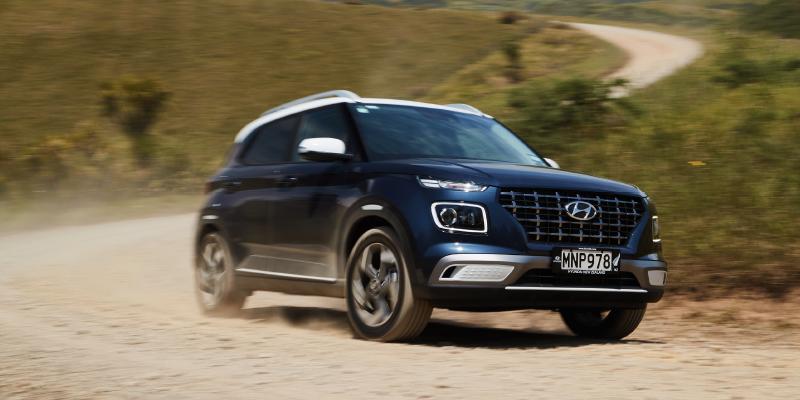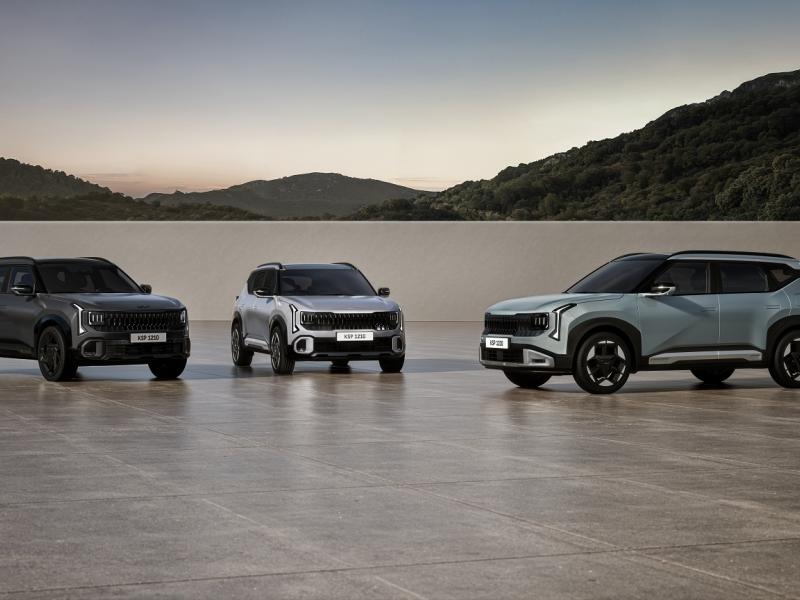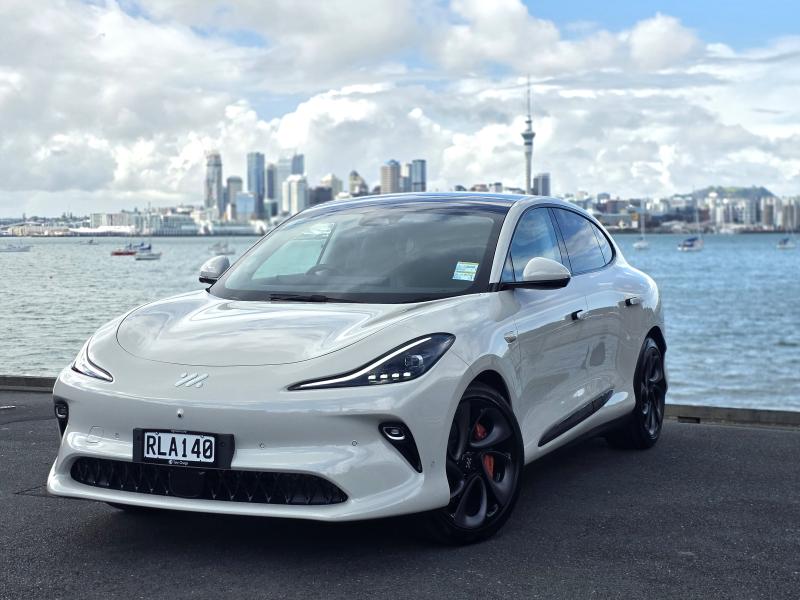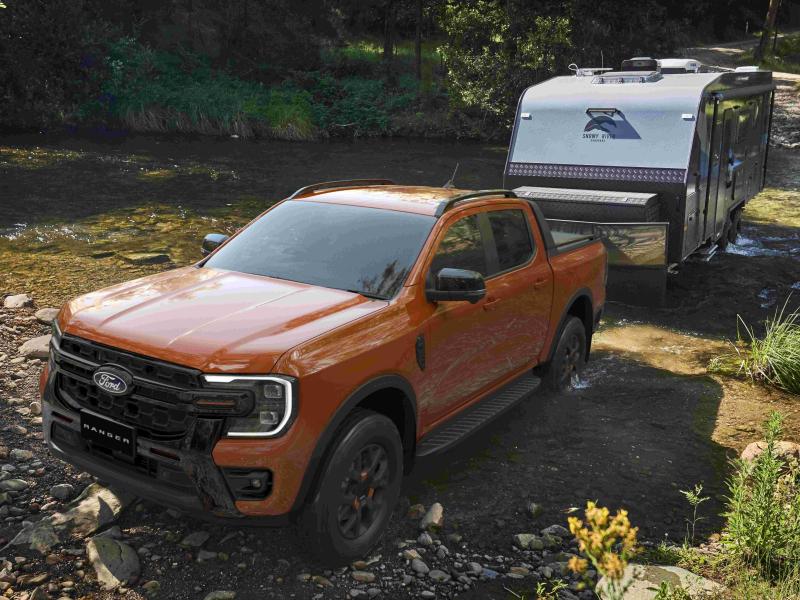Hyundai puts the right Venue in place.
Hyundai enjoyed a reasonably quiet year in 2019 in terms of new vehicle releases, though it finished on a high note with the December debut of the Venue; Hyundai’s entrant into the sub-compact SUV market segment.
Hyundai’s Venue offers a two-model range offering with both entry and Elite variants running a feisty 1.6-litre petrol engine in a two-model range.
The engine puts out 90kW and 151Nm and is mated to a conventional six-speed automatic transmission with user-controlled functionality.
As a result of the reduced size of the range, the Hyundai Venues have to pack a lot more into each model. This means Hyundai doesn’t have the luxury of the sub-$27k price, but the Venue does come in under $30k, and with a higher specification level.
For instance? OK, the Hyundai Venue features a Drive mode with Eco, Normal and Sport driving mode and adds a Traction mode for mud, sand and snow.
It has to be said this is not a four-wheel-drive system.
Hyundai determined that while the Venue is an SUV, not all SUVs need to have heavy and expensive AWD or four-wheel-drive systems when correct apportioning of torque allows and maintains momentum and the minimisation of slip and the maximisation of traction works just as well.
Hyundai has built its reputation on its Smartsense safety technology which first manifested itself in the brand’s hero, the Santa Fe, and which has filtered throughout the entire range.
For the Venue, Smartsense advanced safety tech is a major factor in its design.
The system includes forward collision avoidance assist, lane keeping assistance with line/road edge detection, driver attention warning and high beam assist on-board the entry model and the Elite takes on blind spot collision warning and rear cross traffic collision warning.
In addition, all Venue models feature tyre pressure monitoring systems, electronic stability control, vehicle stability management, hill start assist control, a rear-view camera, daytime running lights and rear parking distance warning sensors.
Venue was launched with quite a bit of extravagance, on Waiheke Island, where tight, twisty, tarmac roads are interspersed with varying degrees of gravel.
This environment demonstrated the flexibility of the engine and transmission as well as the effectiveness of the Traction mode system.
As to looks, styling and design, these are subjective considerations for the most part, but the general consensus is that Hyundai’s design teams have identified their intended market and delivered a sub-Compact SUV which that market will appreciate.






